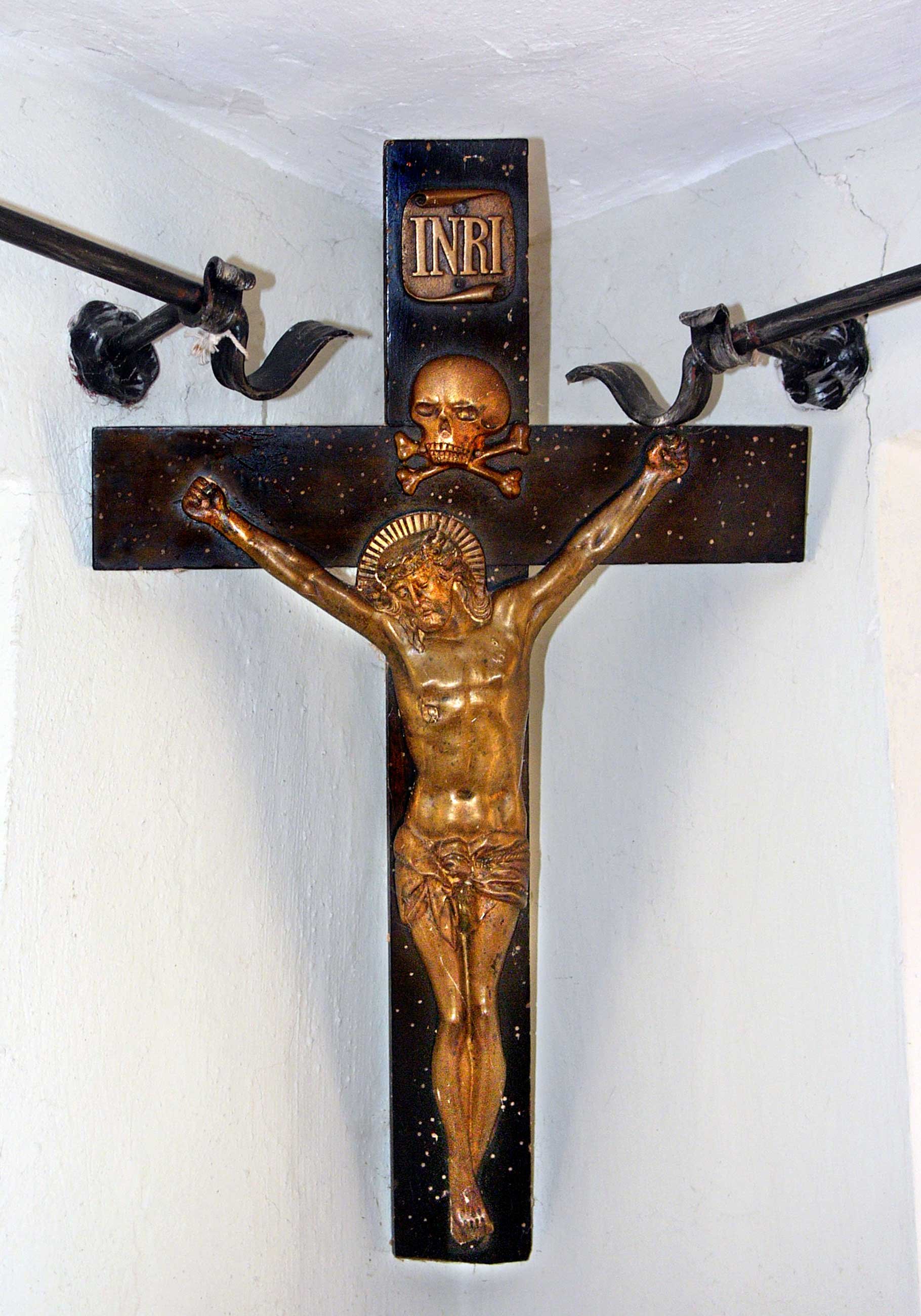ALTE HEIMAT. MY OLD HOMELAND
The German concept of Heimat is complex. To some it means culture, language, history, security. To others Heimat is a region, a city, a village. When a German is in a far-away land, the word Heimat can trigger a burning longing for family and friends left behind in the “Alte Heimat”.
In 1960, New York City in all its glory and disrepute became my New Homeland. More than 60 years have passed, yet the bucolic German Upper Swabian countryside - particularly the hamlet Bainders, where my mother, my siblings and I lived as refugees from 1947 to 1957 - will always be Heimat to me.
-
I cherished the down-to-earth subsistence farmers, the unassuming villagers nearby, their caustic Swabian humor and their deeply religious way of life, shaped from birth to death by the Roman Catholic Church. In our rented, furnished house in Bainders, a cross with Jesus and a skull with cross-bones above the dining table (image I) comprised the spiritual center of our meals with a simple plea:
“Komm‘ Herr Jesus, sei unser Gast und segne was du uns bescheret hast.“ (Come Jesus, be our guest and bless the fruits that you have bestowed on us.)
On my countless trips to Germany, in addition to visiting my family in Ravensburg, Stuttgart, and Berlin, I visited the hamlet Bainders: my welcoming former schoolmates and the surrounding pastoral villages and towns. Life there seems to stand still. Houses and barns still are marked in white chalk with the letters “K, M & B” (Caspar, Melchior and Balthasar, the Three Wise Men), standing for “God bless this house.” Along country roads, forest trails and in meadows one still encounters the touching statues of Saints, the Virgin Mary, and the crucifixion of Jesus: symbols for contemplation and stark reminders for Roman Catholic passers-by to live life in humility and in the service of God.
The simplicity and honesty of these images moves me again and again. They are a crucial part of the “Alte Heimat” for me.




















